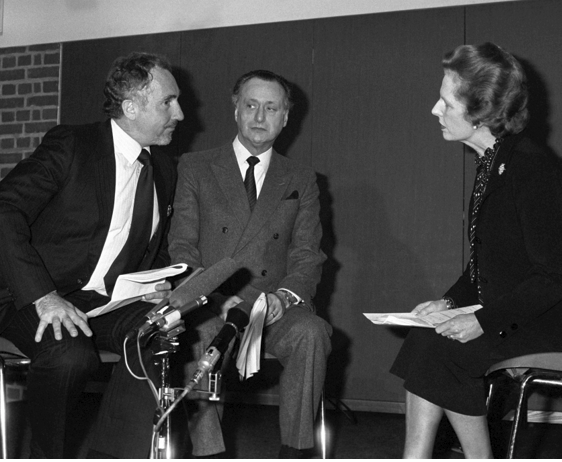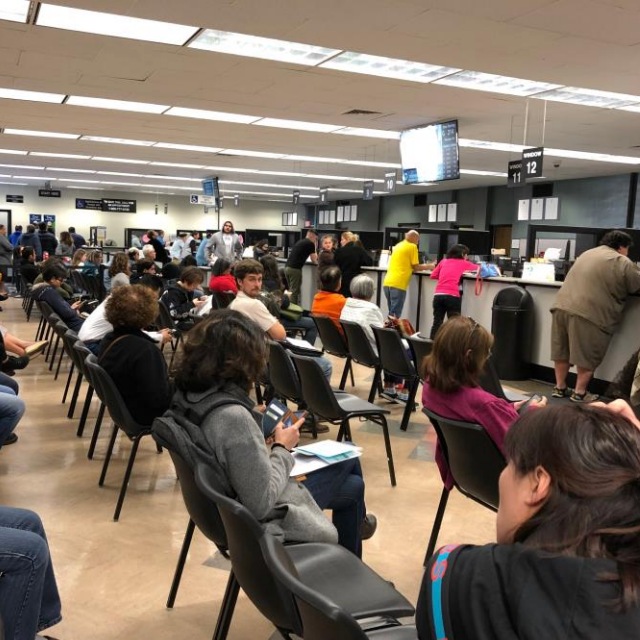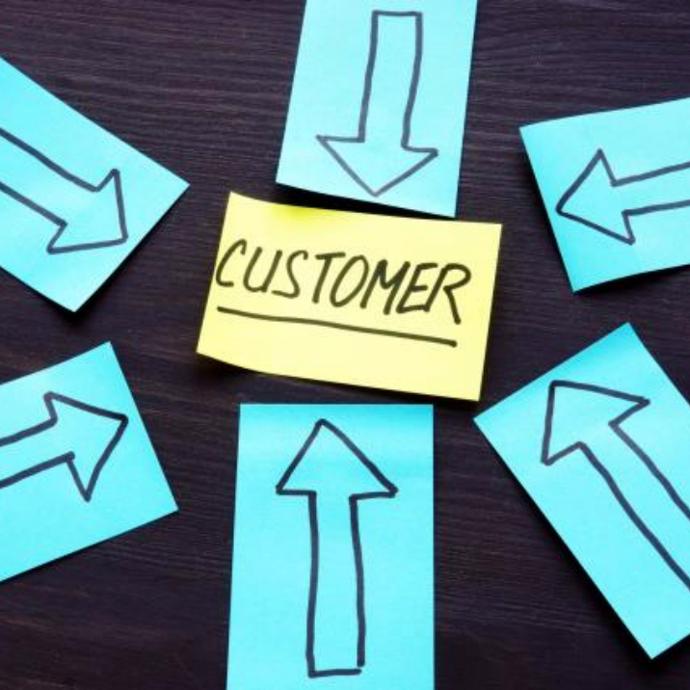Thinking Tradeoffs

I bumped into the Evian Water Bra and changed my mind about innovation
I’ve worked in the innovation space for nearly 30 years, across two consulting firms and a biotech startup, and I thought I understood the term. Considering that #innovation is the second most popular hashtag on LinkedIn with 38 million followers, it’s safe to assume many others think the same. Then I bumped into the Evian Water Bra. . .

Don’t ask your customers what they want. . .
- When customers ask you to innovate, they’re simply asking for new tradeoffs without knowing what those tradeoffs look like
- Though customers can’t tell you what "compelling tradeoffs" look like in the future, they will recognize the package
- If you don’t constantly define "compelling", someone else will, sooner or later

Customer loyalty, does it exist?
- Customers are not loyal to products, services, brands or companies
- Customers are temporarily "loyal" to what they perceive to be the best package of tradeoffs
- The customer definition of what constitutes the best package of tradeoffs is constantly changing
- Companies are in a never-ending race to produce new tradeoff packages and to convince customers that theirs is "best"

The Gravitational Pull of Habit
- Habit is to customers what gravity is to mass
- New product launches must overcome this force to reach commercial orbit
- They fail because incremental changes can’t overcome gravity
- Don’t expect exponential results with incremental (internal) change

The Most Important Word in Innovation
- Companies are designed for incremental innovation, but keep at it for too long
- The magnitude of customer facing innovation is necessarily reflected in the magnitude of internal change
- The process of reallocating resources is always traumatic, but seldom voluntary
- Companies should innovate as close to the core as possible

Creatures Not of Pure Reason
- Customers want to buy the best possible tradeoff-package for a specific job
- A satisfied customer is someone who believes they have
- An unsatisfied customer is someone who feels the opposite
- Companies need to ensure customers feel they have purchased the best package of tradeoffs

Customer in the Center?
- Customer is too broad and vague a term to be at the center of anything
- Customers have hundreds of characteristics, encounter thousands of jobs to be done in diverse
- circumstances, but a company, due to imperatives of scale and specialisation, can understand and address only a handful jobs
- The jobs-centric approach: companies should understand and serve their customer in the clearly delineated context of (specific) jobs, circumstances and characteristics

How I learned to Love Tradeoffs
- Customers love tradeoffs and the absence of clear tradeoffs paralyzes decision making
- Tradeoffs provide a universal metric for understanding customer choices; the concept encompasses every aspect of a potential solution and purchasing decision
- Buying a toothbrush can be a humbling experience

Customer Centricity, What’s it Good For?
Customer centricity sounds good in marketing materials and mission statements, but as a practical matter, what’s it good for?
They say that in every mud puddle, there's a hidden treasure (this has not been my experience, but
it’s catchy), and in muddy waters of customer centricity, there are at least three nuggets.

Customer Centricity: Too Many Definitions
A dear child has many names as we say in the Nordics, and by the number of definitions, customer
centricity must be the dearest child of all. I recently looked through dozens of books, articles, websites, blogs, and YouTube videos to catalogue the various definitions, but found too many to count. Most fall into four broad thematic categories I’ll discuss below, but that hardly clarifies things. While everyone seems to agree that customer centricity is vital, it remains an incantation we call upon but don’t understand.